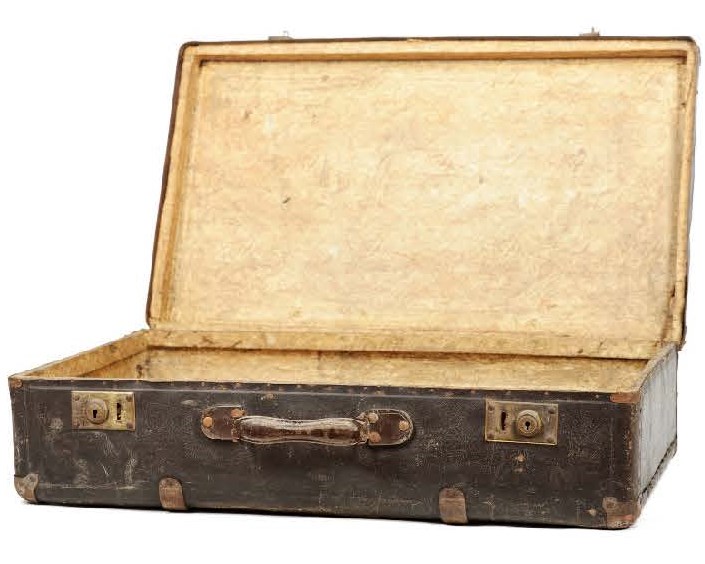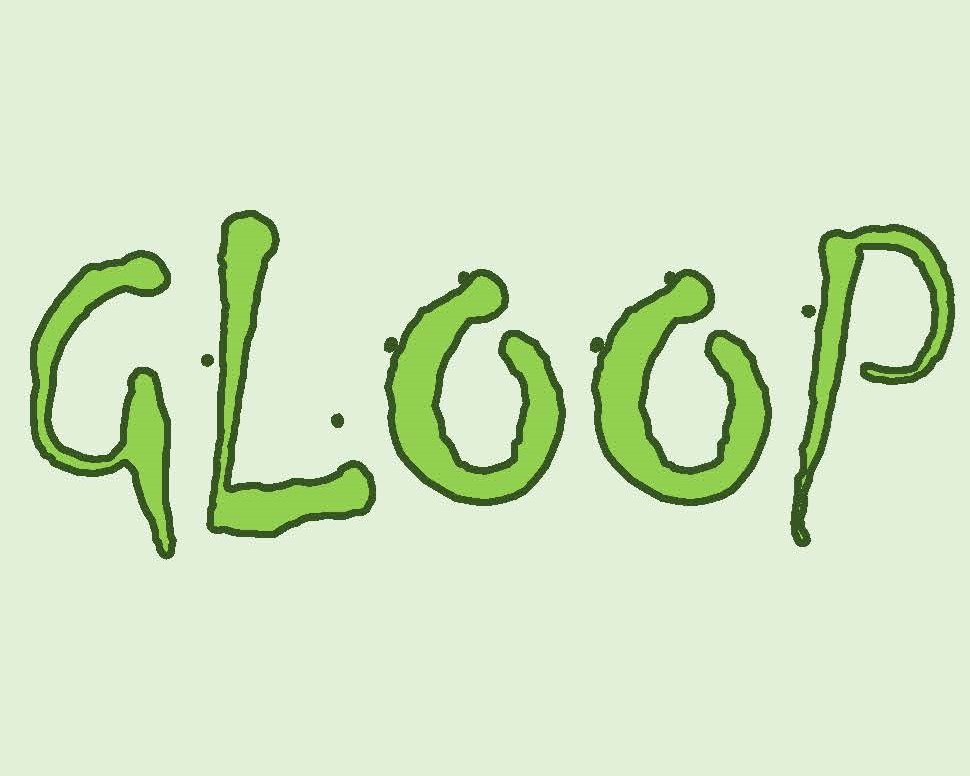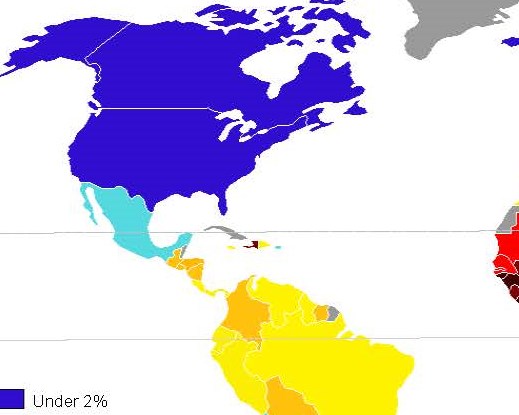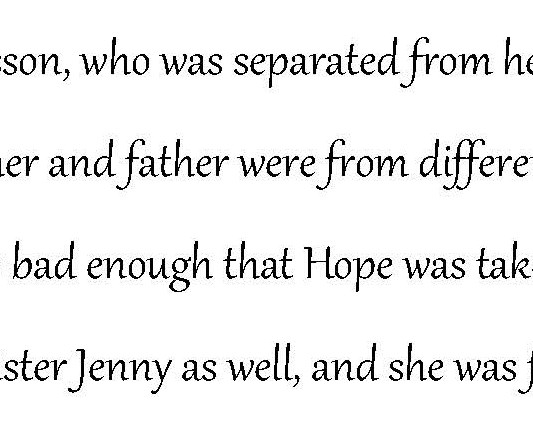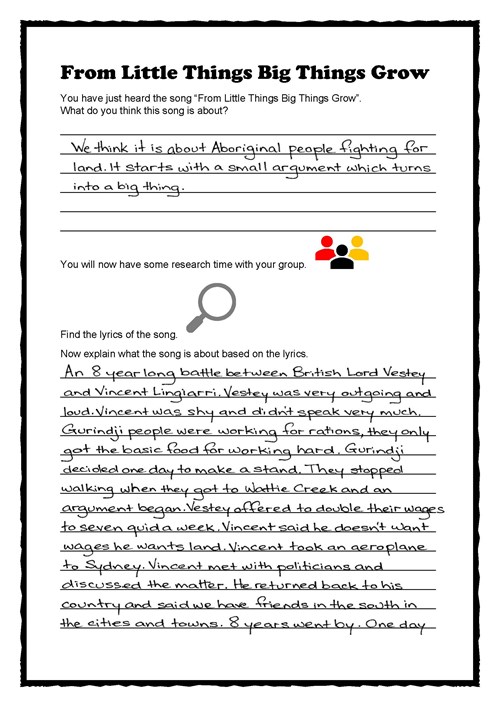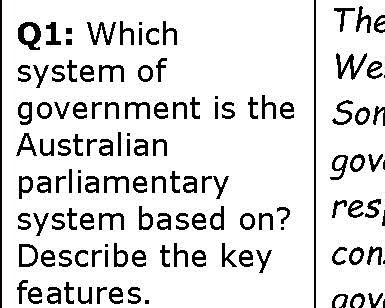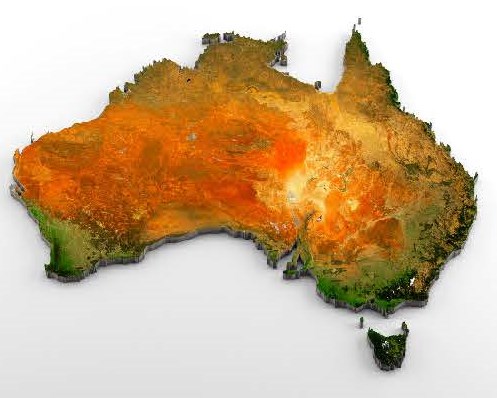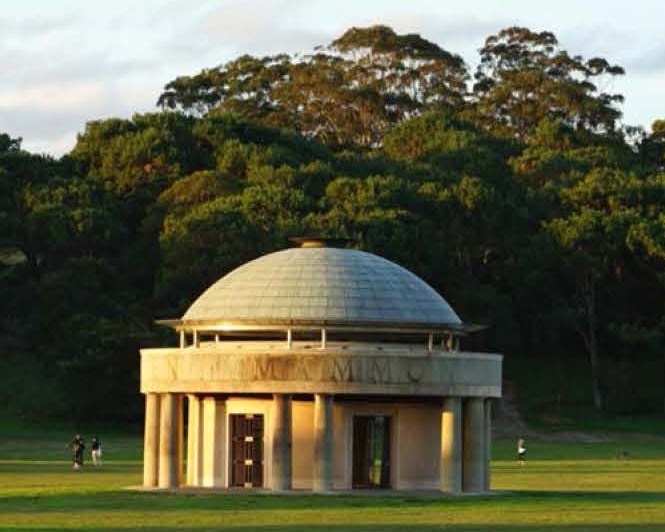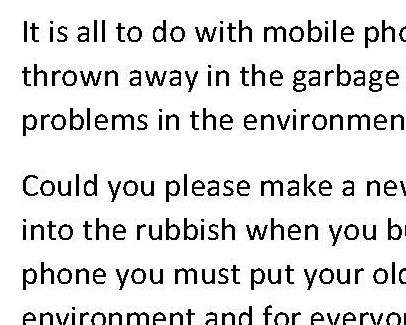Federation: for and against
Summary of task
Students were provided with a selection of primary and secondary sources detailing the key figures and events that led to Australia’s federation in 1901. The task involved extracting arguments for and against federation and then recording this information in a teacher-provided table. Students were also asked to propose a response to a hypothetical question about Australia without federation. The task was completed in class during two 50-minute lessons.
Achievement standard
By the end of Year 6, students explain the significance of an event/development, an individual or group. They identify and describe continuities and changes for different groups in the past. They describe the causes and effects of change on society. They compare the experiences of different people in the past.
Students sequence information about events and the lives of individuals in chronological order and represent time by creating timelines. When researching, students develop appropriate questions to frame a historical inquiry. They identify a range of primary and secondary sources and locate, collect, organise and categorise relevant information to answer inquiry questions. They analyse information or sources for evidence to determine their origin and purpose and to identify different perspectives. Students develop texts, particularly narrative recounts and descriptions. In developing these texts and organising and presenting their information, they use historical terms and concepts, and incorporate relevant sources.
By the end of Year 6, students explain the role and importance of people, institutions, and processes to Australia’s democracy and legal system. They describe the rights and responsibilities of Australian citizens and the obligations they may have as global citizens.
Students develop appropriate questions to frame an investigation about the society in which they live. They locate, collect and organise useful information from a range of different sources to answer these questions. They examine sources to determine their origin and purpose and describe different perspectives. They evaluate information to draw conclusions. When planning for action, they identify different points of view and solutions to an issue. They reflect on their learning to identify the ways they can participate as citizens in the school or elsewhere. They present ideas, findings, viewpoints and conclusions in a range of communication forms that incorporate source materials and civics and citizenship terms and concepts.


